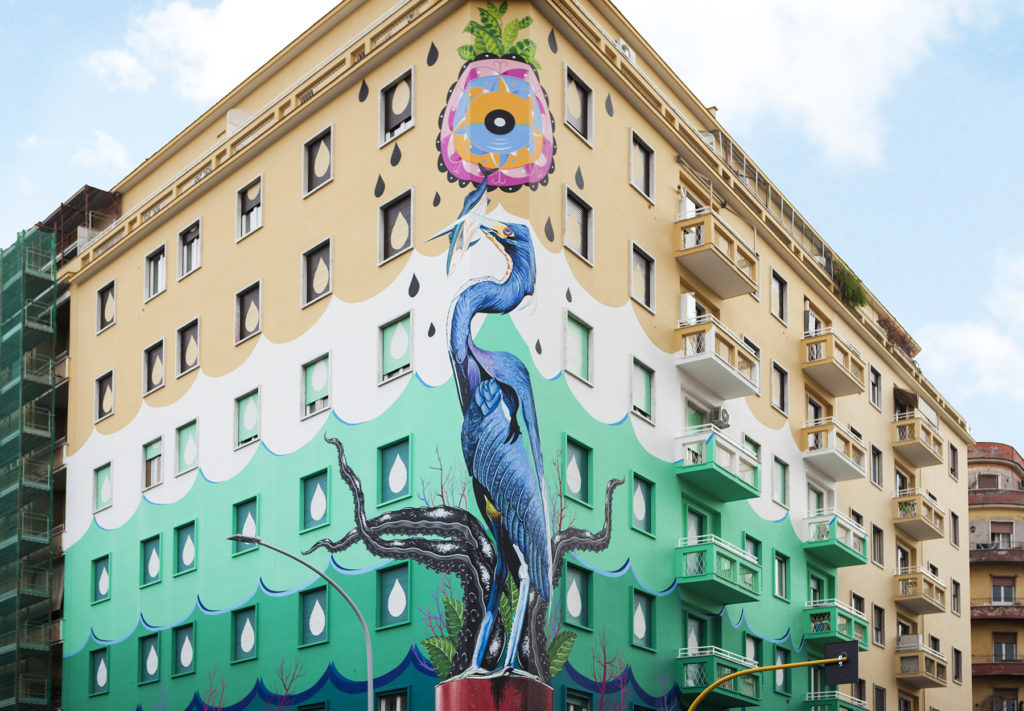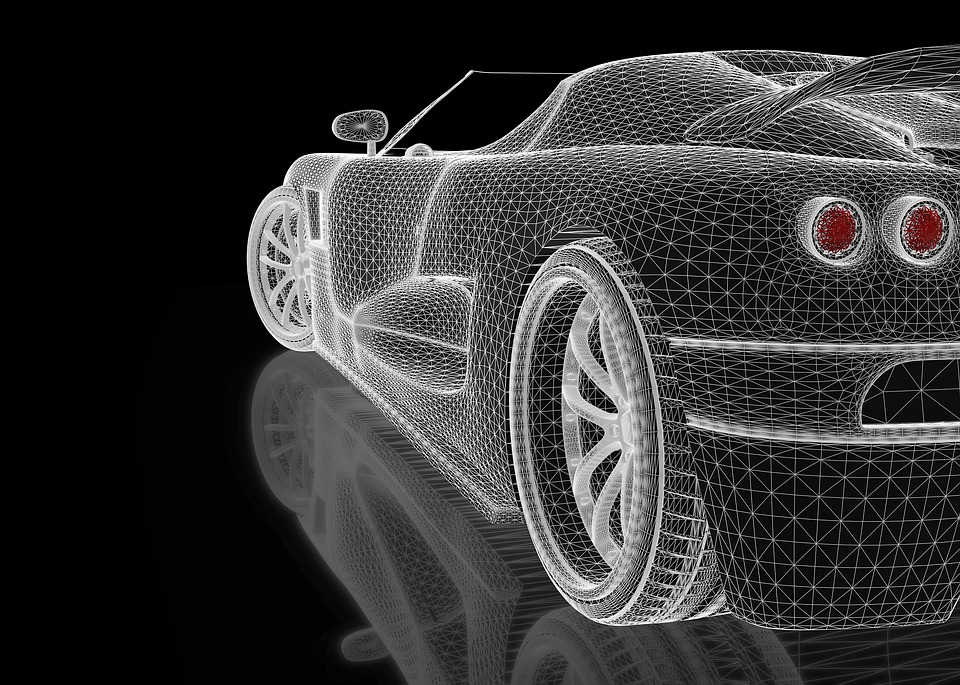
Sustainability is a condition of development to grant the fulfillment of the needs of the present generation without compromising the possibility of future generations to fulfil theirs. This concept of sustainability was introduced during the first conference UN on environment in 1972.
Agenda 2030
Agenda 2030 for Sustainable Development is an action programme signed by the governments of the 193 UN member counties in September 2015. The 17 Sustainable Development Goals (SDGs) and the 169 associated goals are the core of Agenda 2030. They take into account the 3 dimensions of sustainable development: economics, social and ecological.
The 17 common goals focus on important issues for development: the struggle against poverty, the elimination of hunger and the fight to climate changes. “Common goals” means that they are shared by all countries and individuals: nobody must be left behind, sustainability is now our priority. .
The sustainable development goals will have to be realized by 2030. This means that every country in the world has to give its contribution.

Sustainable Cities: Examples In Europe And In The World
An example of a sustainable city is London where, in the area of Canary Wharf and in Westfield Shopping center, Pavengen technology is used. This technology turns people’s steps on the pavement into electric energy.
Mexico City was one of the first cities in the world to try the use of “Smog-eating“, panels on the walls of buildings to reduce pollution.
And…Rome: a five- floor tall heron hunts its prey in a polluted sea and in the same time it removes air pollution in one of the most congested crossroads of Rome. “Hunting Pollution“ is the biggest green mural in Europe. It was created in Rome Ostiense borough and the paint whereby it was made is very special: twelve square metres of it can absorb noxious substances emitted by a single car in one day. According to calculation, the whole painting, more than one thousand square metres wide, will clean the city air so much as 30 trees can do. Author of such art work is Federico Massa, known under the art name of Iena Cruz, a street artist from Milan who is known worldwide. He has been tackling for years now the issues of environmental pollution, global warming and of dying species like, for example, the heron.
Article by Giulia Romano



